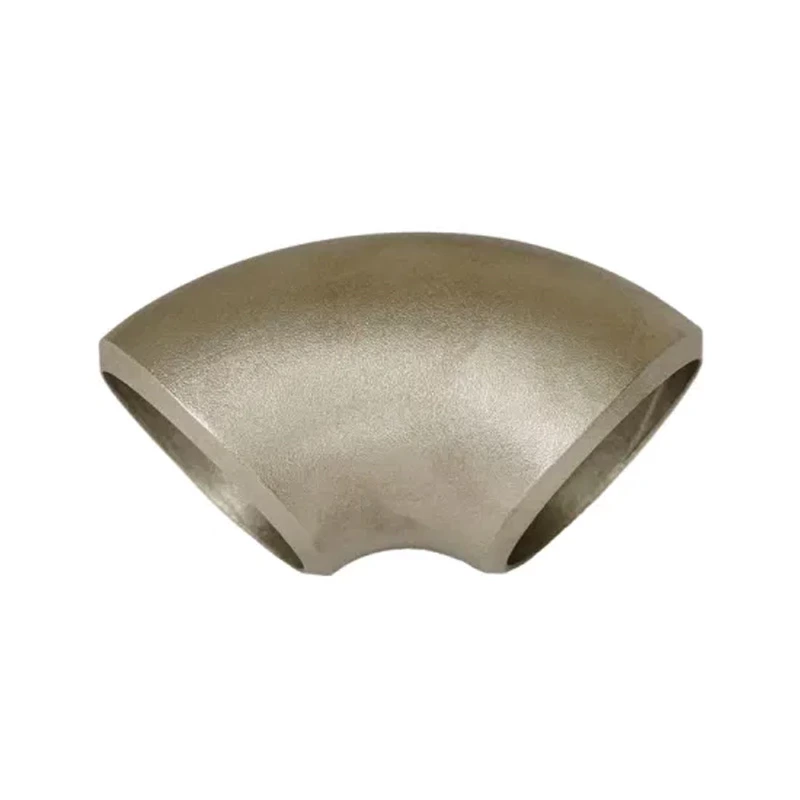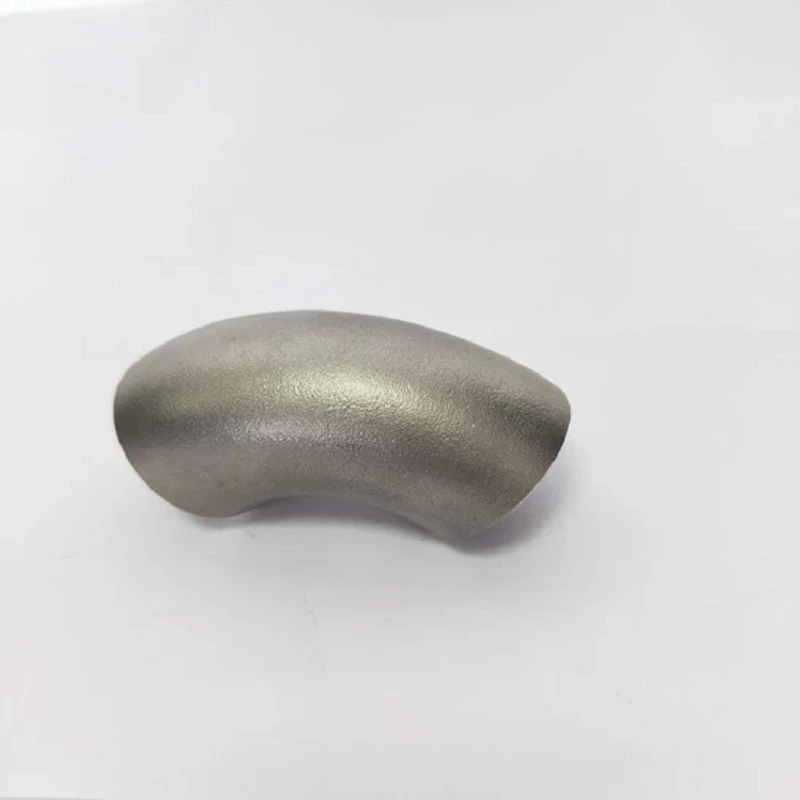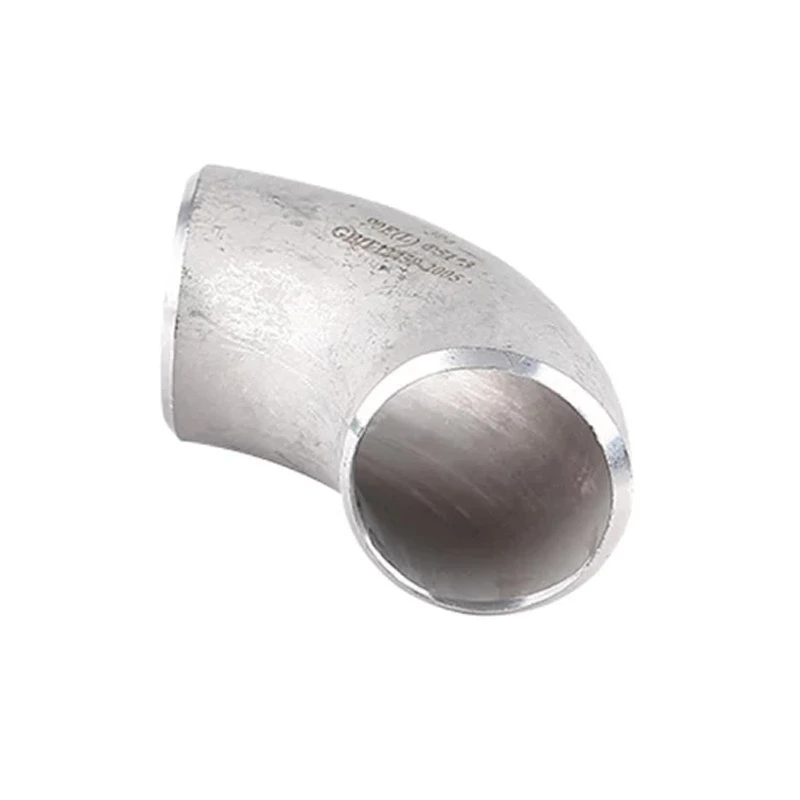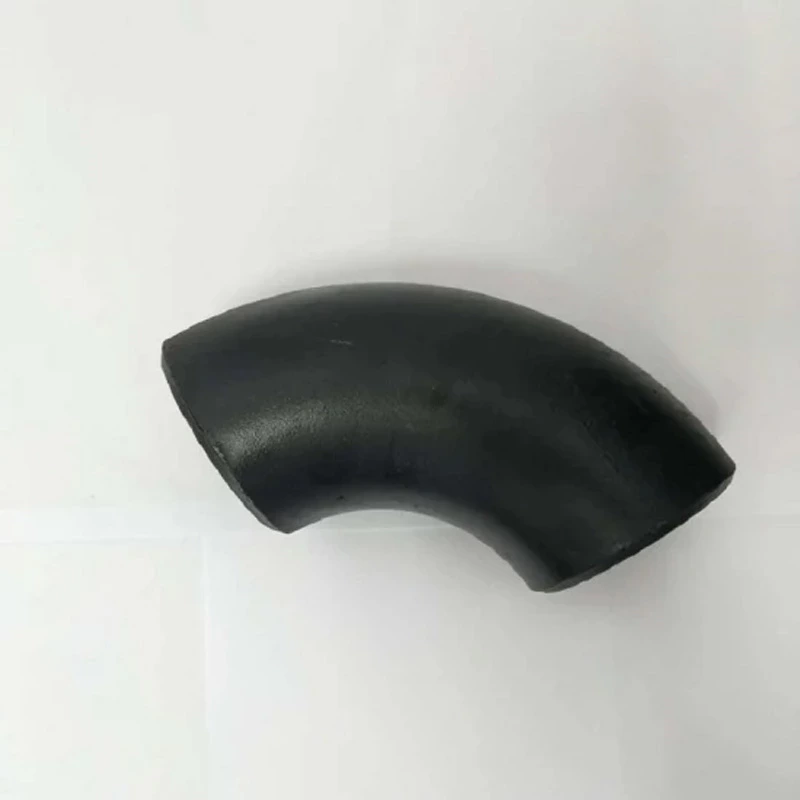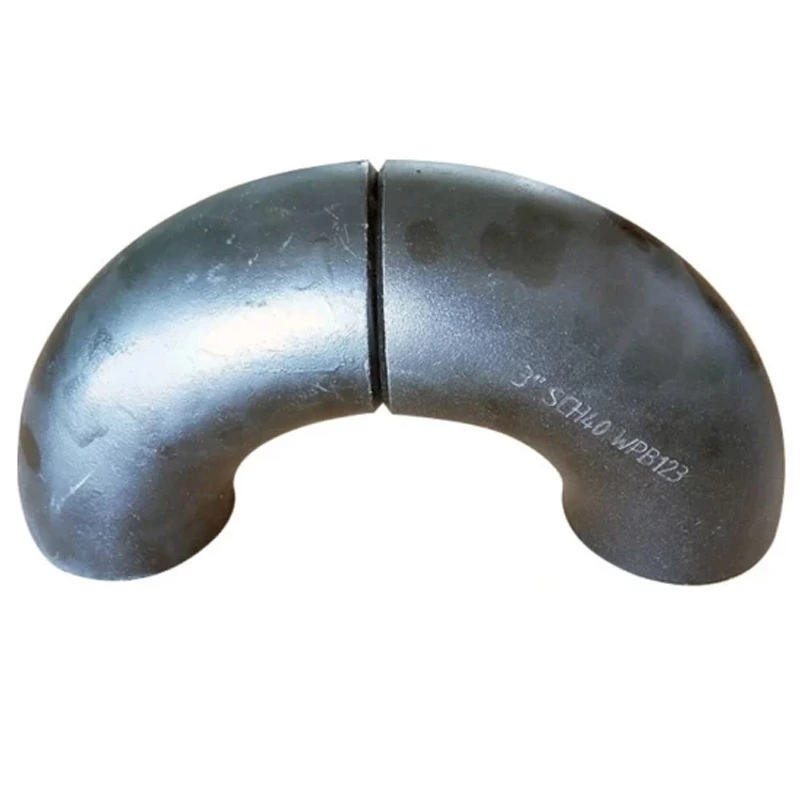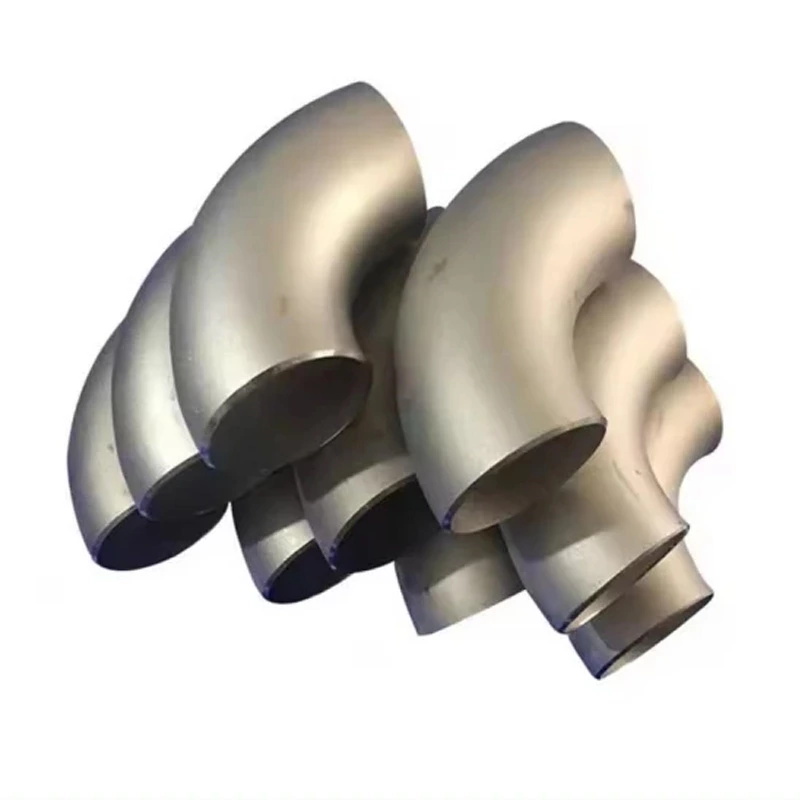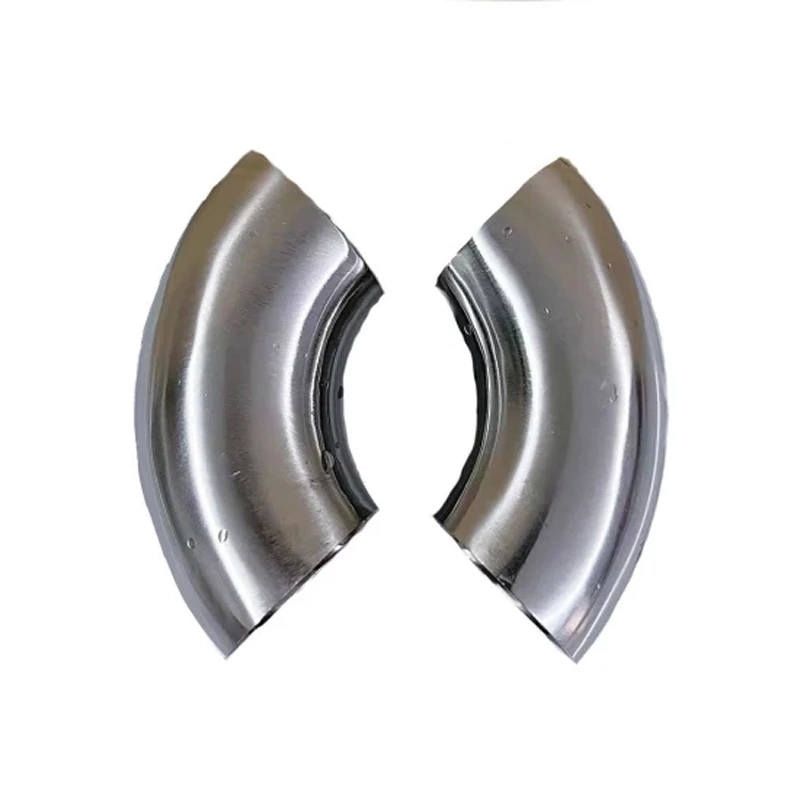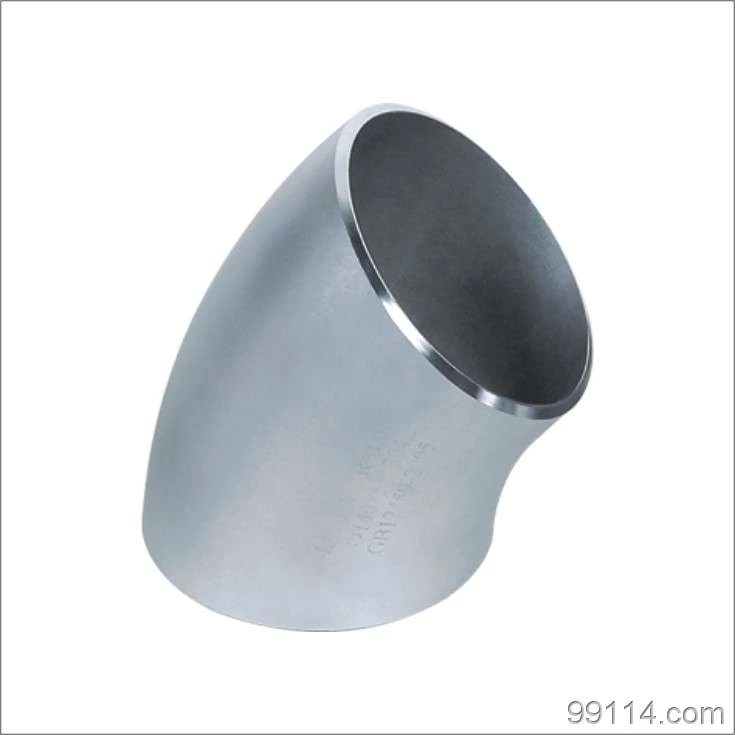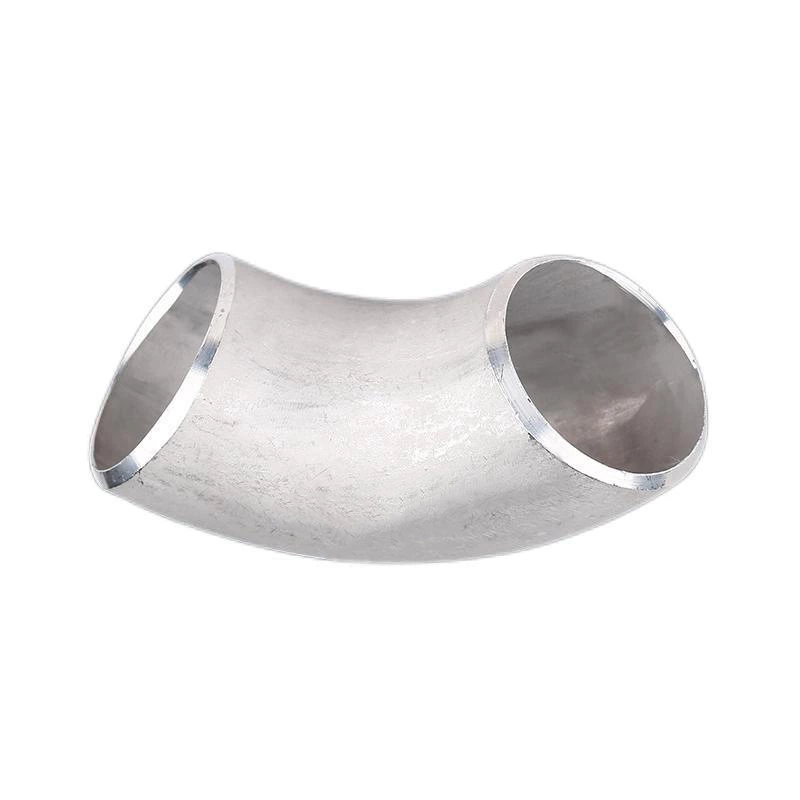Three Key Points Of Annealing And Solution Treatment Of Stainless Steel Pipe Fittings
The annealing and solution treatment quality of Stainless Steel Weld Fittings has a great influence on the corrosion resistance and appearance brightness of stainless steel, and also plays a decisive role in the processing performance index of stainless steel. Therefore, the heat treatment process of stainless steel plays a very important role in the production of stainless steel pipe fittings. The following are three elements of solid solution of stainless steel pipe fittings, as follows:
1. Solid solution temperature. According to the characteristics of the chemical composition of stainless steel pipe fittings, the solid solution temperature of stainless steel must be between 950-1150 degrees Celsius to achieve the softening effect. Reduce the hardness standard of stainless steel to below 220HV and meet the quality requirements of the pipeline. If the temperature control is unreasonable, some quality defects are prone to occur.
2. Solid solution time. Under the heating condition of austenitic stainless steel, the residual ferrite content in the steel decreases with the extension of heating time. Therefore, the solid solution treatment of stainless steel pipe fittings should be controlled at about 1050℃ to saturate carbon and improve corrosion resistance. Then quickly cool in the air to achieve the solid solution effect.
3. Solid solution speed and insulation. The heat transfer coefficient of stainless steel is very low, and at room temperature the heat transfer coefficient is only 27% of that of carbon steel. Therefore, the whole process of heating stainless steel at low temperature should be slow. If the heating speed is too fast, deformation is likely to occur. The heating speed of stainless steel in solid solution should be controlled within a certain range, and attention should be paid to the holding time. For example, if 316L steel is around 1100℃, the holding time is long, and the content of residual ferrite will continue to decrease.
